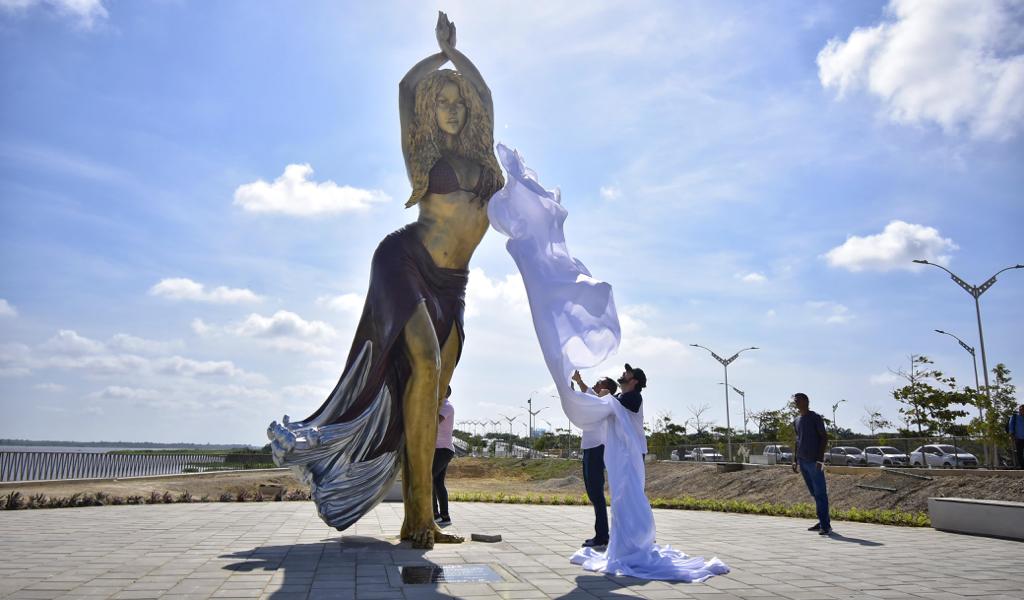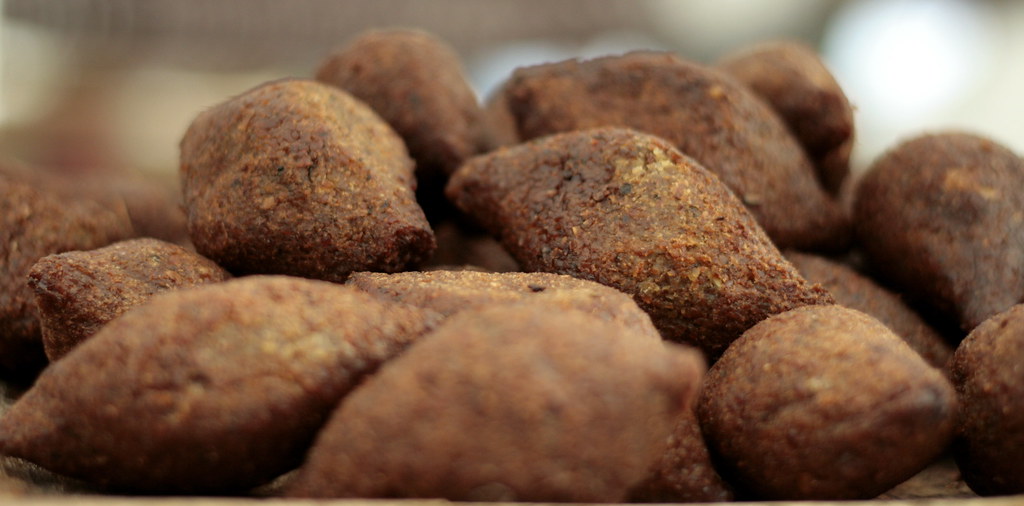
Lebanese Colombians may not be a community you’re familiar with, but you’ve likely heard of their most famous member, Shakira, the superstar and Colombian musical icon. Lebanese Colombians are in fact very influential in the country, and have had a decisive impact on contemporary Colombian history.
Their story begins in the late 19th century, when the first wave of emigrants arrived in Colombia seeking new opportunities. Within a century, the diaspora managed to integrate into the highest spheres of Colombian society, with its members now standing as the country’s most prominent figures in business, media, culture and even politics.
The search for a new haven
Originally, Lebanese immigration to Colombia was part of the larger phenomenon of Christian Levantine emigration that began in the late 19th century. At the time, the Ottoman Empire, which ruled the Middle East, experienced rapid economic and geopolitical decline, leading to internal turmoil. This instability led to persecutions of the Christian populations established in Lebanon, Palestine and Syria, culminating in the infamous 1860 Mount Lebanon massacre.
This triggered a steady flow of Christian Levantine emigration, later joined by Muslims compatriots, towards the Americas, seen as a land of opportunities and religious freedom. While the United States, Brazil and Argentina received most of this immigration inflow, others chose to settle in Colombia

Lebanese of the Caribbean
The first Lebanese and Levantine immigrants arrived in Colombia during the 1880’s, mainly settling on the Caribbean Coast in port cities like Santa Marta, Cartagena and Barranquilla, which hosts, to this day, one of the largest Lebanese communities in the country. Thanks to their business culture, the Lebanese quickly integrated into Colombian society. Engaging in extensive commercial activities, the Levantine businessmen quickly gained important status and recognition on the Caribbean coast, as they played a crucial role in distributing goods and services often unavailable in remote cities like Cereté, Lorica, Monteria and Maicao.
The 1960 renaming of the city of Muchajagua to Montelibano (literally “Mount Lebanon”), as homage to the eponymous shop of an influential Lebanese local businessman, is a powerful testimony to the community’s achievements.
A rapid political ascent
Beyond the Caribbean coast, Lebanese immigration reached other parts of the country, notably Bogota, the capital, and the Pacific region, including Cali and the Chocó department. Leveraging their success in trade, Lebanese businessmen diversified their investments into key economic sectors like industry and agribusiness. As they became part of the economic elite, the Lebanese progressively translated their economic weight into political influence.
The first Lebanese Colombian politicians emerged in the 1930’s, initially serving as city council members, in Cartagena and Santander, or as governors, like José Miguel Amin in the Caribbean department of Cordoba. This gradual rise culminated in 1978, with the election of Julio César Turbay, the son of a Lebanese immigrant, as President of the Republic.

A socially prominent community
Within a few decades, Lebanese and Levantine immigrants had established themselves permanently in the highest spheres of Colombian society.
The Char family of Barranquilla embodies this incredible social ascent. Founded by Ricardo Char, a Syrian immigrant who arrived in Colombia at the beginning of the 20th century, the dynasty gradually built an empire, capitalizing on its economic and social influence, gained through the success of the Olimpica supermarket chain and the acquisition of the Junior de Barranquilla football club, to secure key political positions.
As such, Fuad Char, the son of Ricardo, successively served as Governor of the Atlántico Department, Minister of the Republic, Senator, and Ambassador, while his sons Arturo and Alejandro respectively served as Senator and Mayor of Barranquilla.
However, this social prominence is not limited to politics and business, as it reaches all aspects of Colombian society. The 2019 Miss Colombia Gabriela Tafur, music icon Shakira, journalist Yamid Amat, and renowned neurosurgeon Salomon Hakim are all of Lebanese descent.

The path of assimilation
Behind the remarkable collective success story of the Lebanese community in Colombia, its business culture and cultural integration stand out as key factors. Indeed, to facilitate their integration into their host country, many Lebanese chose the path of assimilation.
This process involved various aspects. First, most Maronite and Christian Orthodox immigrants and some Muslims adopted Roman Catholicism as their new religion. Additionally, many chose to hispanize their surnames, whether through transcription (Larach becoming Lara) or translation (Harb becoming Guerra, meaning “war” in both languages).
This acculturation also resulted in the gradual erosion of ties with their ancestral land. While estimates oscillate from 700,000 to 3 million individuals with Lebanese origins in the country, the economic and political links between Colombia, Lebanon and other Middle Eastern countries are marginal.
The Lebanese cultural influence
The integration of Lebanese immigrants in Colombian society should not obscure their lasting influence on the national culture. For instance, on the Caribbean coast, various aspects of Lebanese culture deeply merged into the local culture, leading to certain elements being fully embraced as Colombian.
Food is a remarkable example: the use of eggplant and plates like kibbe or “buñuelos de lentejas” (derived from Lebanese falafels) have become integral parts of the local gastronomy, with many Arabic restaurants established across the region.
But the most prominent example of this influence is probably Shakira, the world-famous artist. By incorporating Arabic dance and singing style into her music, she has become a true symbol of transculturation, connecting Latin America to the Middle East and celebrating the Lebanese Colombian cultural fusion.
See all the latest news from Colombia and the world at ColombiaOne.com. Contact our newsroom to report an update or send your story, photos and videos. Follow Colombia One on Google News, Facebook, Instagram, and subscribe here to our newsletter.

